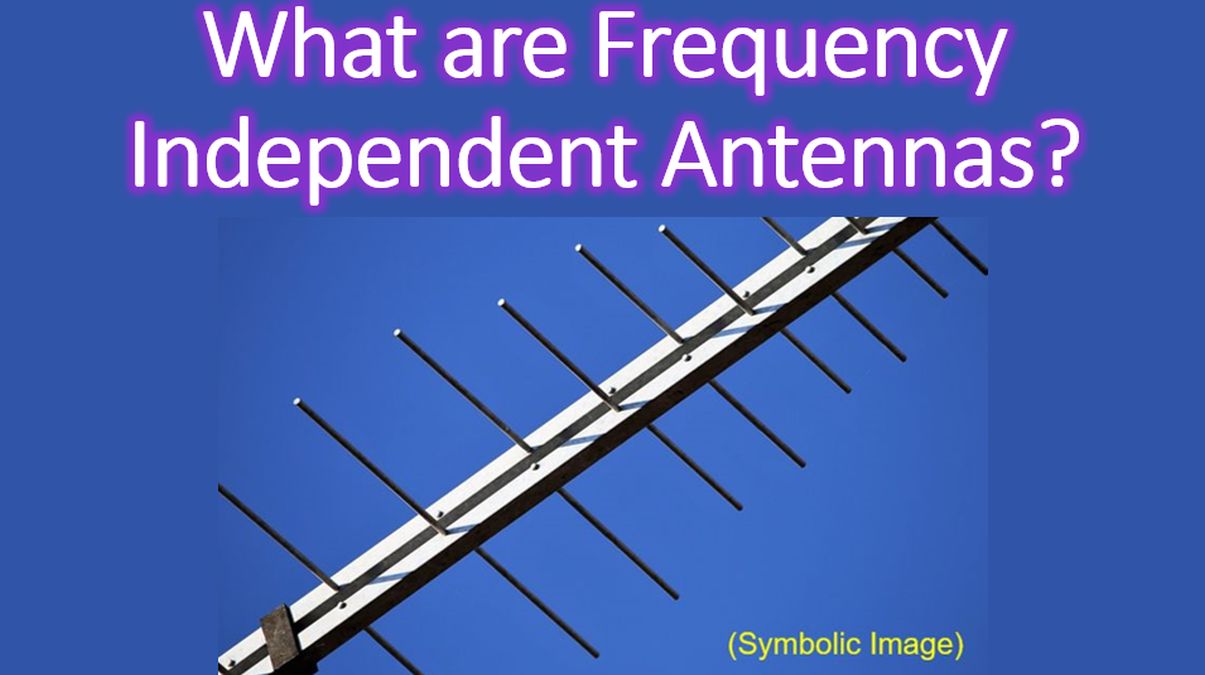What are Frequency Independent Antennas?
What are Frequency Independent Antennas?
Frequency independent antennas are theoretically those with no limitation of bandwidth, as the name implies. But in actual practice no antenna can be frequency independent and the nearest match are those in which electrical performance is periodic with the logarithm of the frequency. They are the popular log periodic antennas in amateur radio with wide bandwidth, typically used in VHF and UHF frequencies. Lower frequency limit will be determined by the size of the antenna and upper frequency limit by the precision of construction. There are radio amateurs who have built it for 20-6 m as well! It is also known as a log-periodic array and is a multi-element directional antenna designed to operate over a wide band of frequencies. Log-periodic dipole array is a common type of log-periodic antenna which consists of several half-wave dipole driven elements. They are of gradually increasing length and mounted close together in a line and connected in parallel to the feedline with alternating phase.

Frequency independent antennas are guided by Rumsey’s principle which suggests that the impedance and radiation pattern of an antenna will be frequency independent if the antenna shape is specified only in terms of angles. While this requires an infinite configuration of the antenna, it has to be truncated in practice. This is also one reason why frequency independent antennas tend to be quite large in terms of wavelength. Truncation in practice limits the frequency band as well. Other than log periodic antennas, spiral antennas and conic spiral antennas are also there which work by the Rumsey’s principle. This is only a preliminary post on frequency independent antennas as I learn more about the concept!